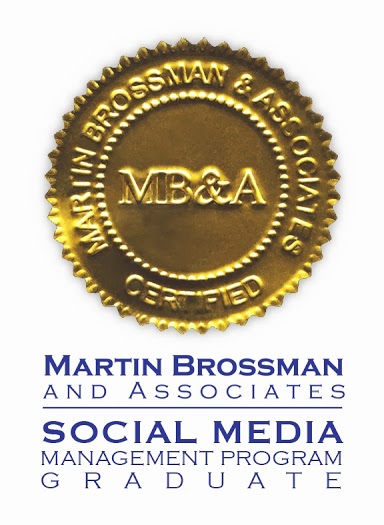In the wake of Hurricane Irene, which came near but not over my part of the world this past weekend, I’m thinking about predictions, and control, and how very much we like to think we understand the forces at work in our lives. Hurricanes, however, don’t take orders from the National Weather Service. While business people may read books about what makes any individual business successful at any moment in time, the overall economy, state of innovation, and more factors than I can begin to understand conspire to make any explanation outdated almost as fast as its ink dries.
When asked what represented the greatest challenge for a statesman, or the biggest reason governments didn’t implement their election-year promises (you find the words attributed to a number of leading questions albeit always to the same person), Harold Macmillan replied: ‘Events, my dear boy, events.’ The same could be said about any individual business’ current success. It’s easy to see why some companies didn’t make it, and sometimes it’s possible to see what their successful rivals did differently, but it’s never possible to know exactly what made the difference. Except that’s not what we want to believe. We love certainty. We love thinking that “Because they did THIS, THAT happened.”
Why didn’t Irene wash out in Florida? Why did it skip over (metaphorically) NYC and dump all its rain in Vermont? If State Farm knows, they’re not telling. I did storm prep this time, as did most of my neighbors, because it’s a decision I have to make at least 12 hours in advance of need, at least with a storm that will make landfall in the dark. Most of us will tell you, “Doing storm prep makes the storm stay away… Every time I don’t do it, I’ve been hammered.” That, we can see, is magical thinking, but it’s really not very different at all from what we do with our businesses. (Fact is, it’s never a bad idea to clean up the yard and haul a load of junk to the dump, and it’s simply the storms that give us the incentive to do it today rather than tomorrow, when the boards might come through the window.)
Do what you know to be right. Read about other people’s / business’ experience, and if it makes sense for you, implement. But don’t think any one explanation is a magic bullet that can make your business as good as Circuit City was in 2001… unless you’re also willing to sign up for the same outcome, less than eight years later.




Follow Us!